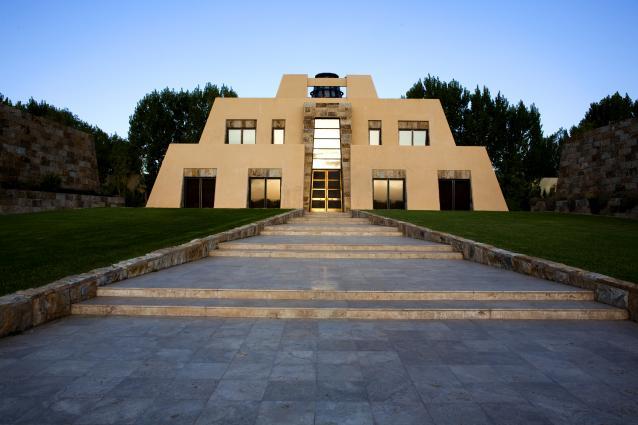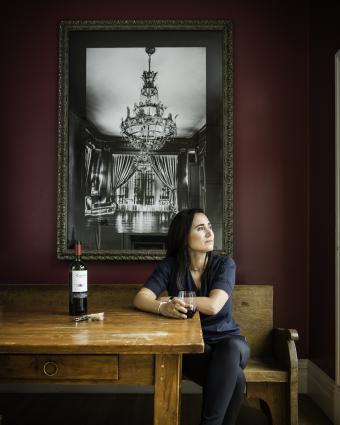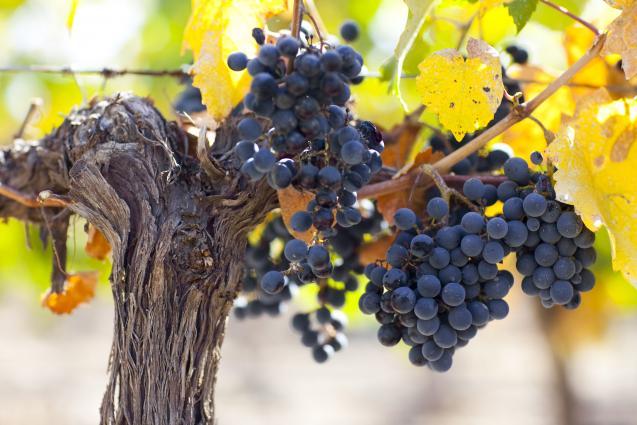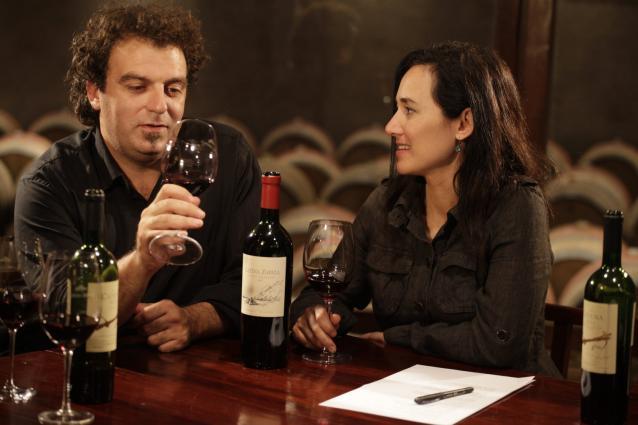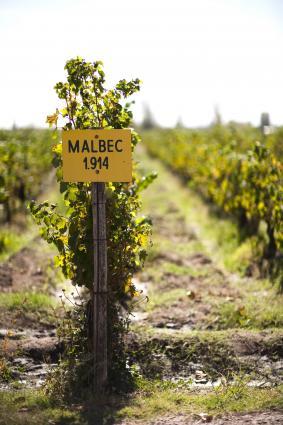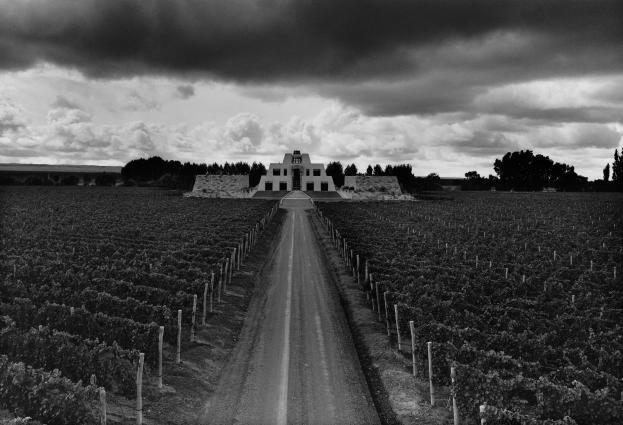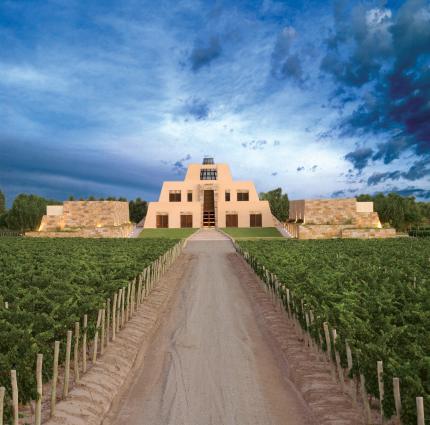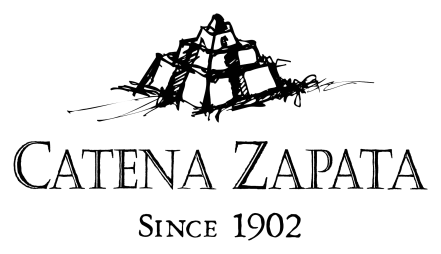Catena Zapata
Adrianna Vineyard Mundus Bacillus Terrae
Catena Zapata
Adrianna Vineyard Mundus Bacillus Terrae
Mundus Bacillus means 'elegant bacteria' in Latin, and is named in honor of the bacteria that live in the soil in Adrianna Vineyard. Similar to research that has shown that bacteria living inside and outside the human body may help combat cancer and autoimmune disease, it is thought that bacteria living within the plants' roots may be the key to why vines are able to survive in such stressful, extreme conditions as those found in the arid and cold Adrianna Vineyard.
Tasting Notes
Descriptors: tight, high acidity, lots of tannins; ageability.
Food Pairing
Grilled meat.
Mundus Bacillus means 'elegant bacteria' in Latin, and is named in honor of the bacteria that live in the soil in Adrianna Vineyard. Similar to research that has shown that bacteria living inside and outside the human body may help combat cancer and autoimmune disease, it is thought that bacteria living within the plants' roots may be the key to why vines are able to survive in such stressful, extreme conditions as those found in the arid and cold Adrianna Vineyard.
Tasting Notes
Descriptors: tight, high acidity, lots of tannins; ageability.
Food Pairing
Grilled meat.
Brand Materials
Vineyard & Production Info
Winemaking & Aging
Analytical Data
About the Vineyard
Over the years, Nicolás Catena Zapata discovered the influence altitude has on fruit quality. As one climbs the altitudes of the Andes the average temperature decreases and the amplitude between day and night temperatures increases. Named after Nicolás Catena Zapata’s youngest daughter, the Adrianna Vineyard is located at almost 5,000 feet elevation in Mendoza. The soils in this 1.4 hectare parcel are filled with scattered limestone and marine deposits that covered the region millions of years ago.
